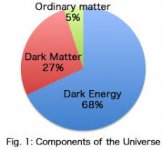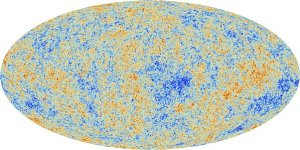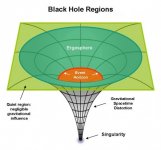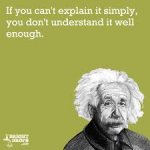The Universe is the Same, Everywhere We Look.
Even More than Cosmologists Predicted
August 4, 2020 by Brian Koberlein
------
No matter which direction you look in the Universe, the view
is basically the same if you look far enough. Our local neighborhood
is populated with bright nebulae, star clusters, and dark clouds of gas
and dust. There are more stars toward the center of the Milky Way
than there are in other directions. But across millions, and billions,
of light-years, galaxies cluster evenly in all directions, and everything
starts to look the same. In astronomy, we say the Universe is
homogeneous and isotropic. Put another way, the Universe is smooth.
-------
https://www.universetoday.com/14731...e-look-even-more-than-cosmologists-predicted/
------------
The universe (as a whole) is homogenous, isotopic, smooth. flat.
Gravity is a cosmic place where the local space is not flat . . .
Gravity masses are only about 5% in the whole universe . . .
Only about 5% of whole space is NOT flat, 95% IS a flat, smooth continuum.
===
Even More than Cosmologists Predicted
August 4, 2020 by Brian Koberlein
------
No matter which direction you look in the Universe, the view
is basically the same if you look far enough. Our local neighborhood
is populated with bright nebulae, star clusters, and dark clouds of gas
and dust. There are more stars toward the center of the Milky Way
than there are in other directions. But across millions, and billions,
of light-years, galaxies cluster evenly in all directions, and everything
starts to look the same. In astronomy, we say the Universe is
homogeneous and isotropic. Put another way, the Universe is smooth.
-------
https://www.universetoday.com/14731...e-look-even-more-than-cosmologists-predicted/
------------
The universe (as a whole) is homogenous, isotopic, smooth. flat.
Gravity is a cosmic place where the local space is not flat . . .
Gravity masses are only about 5% in the whole universe . . .
Only about 5% of whole space is NOT flat, 95% IS a flat, smooth continuum.
===





